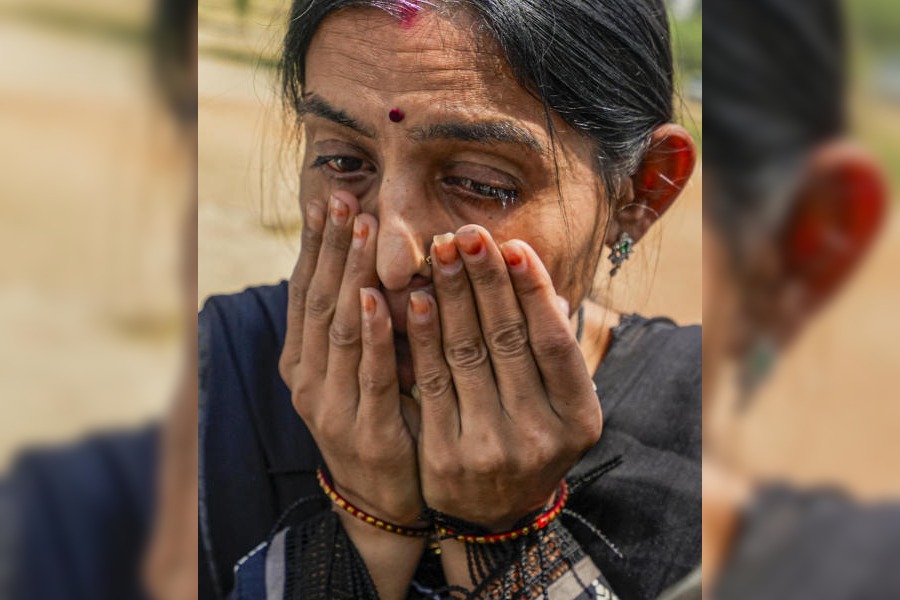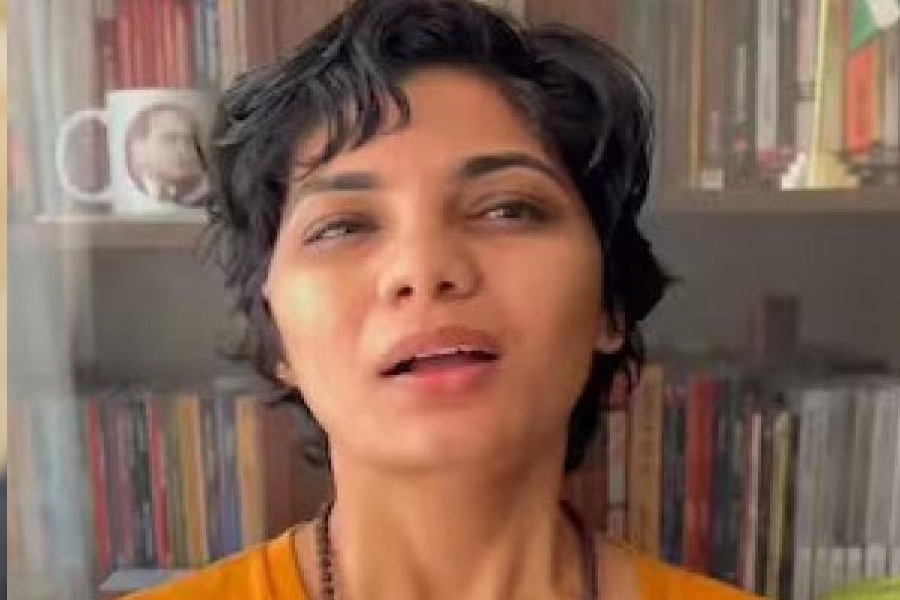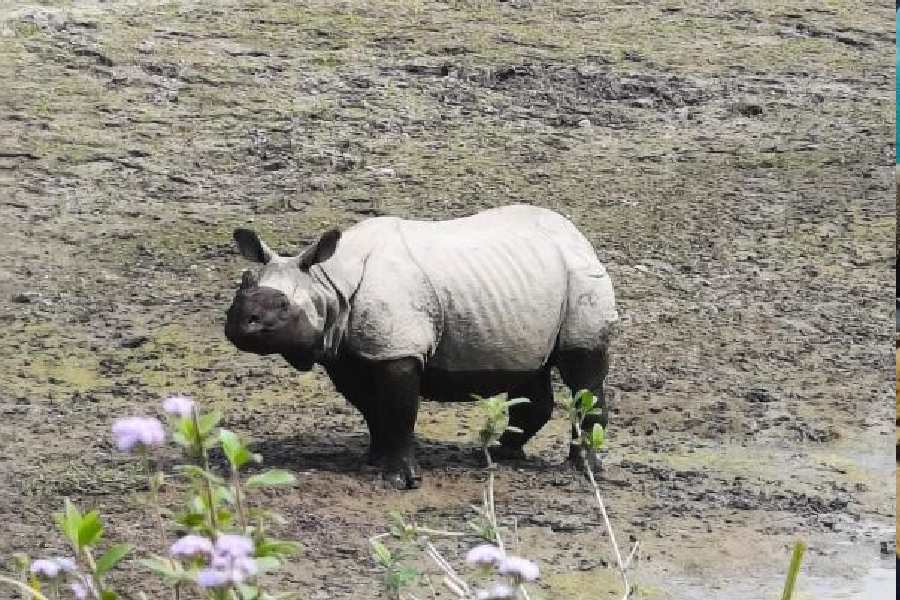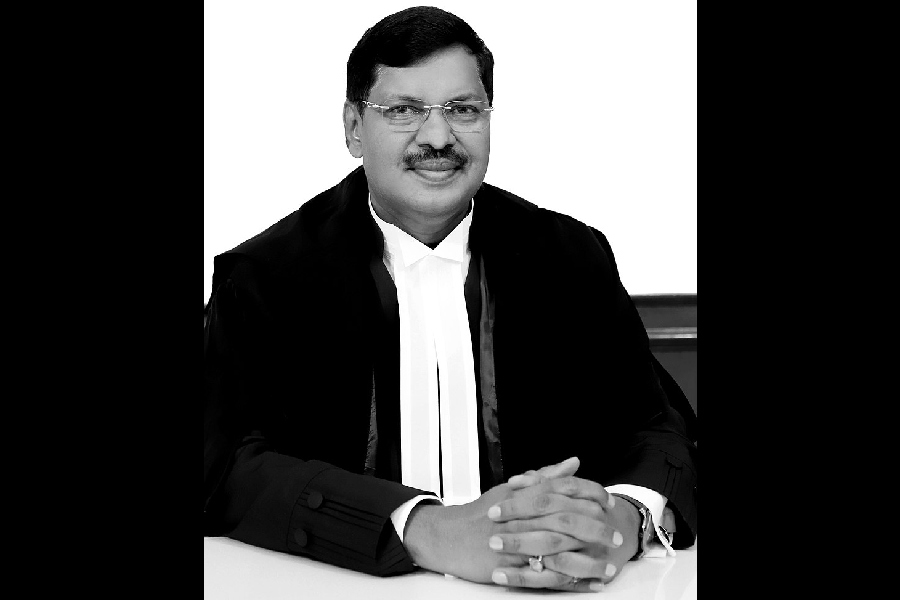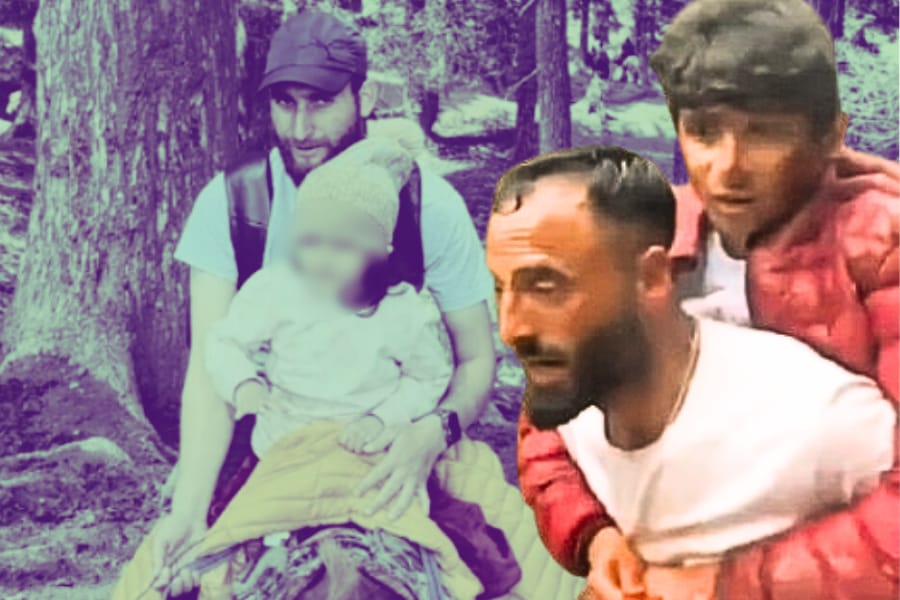 |
| LAST RIDE: Mumbai’s famous Victoria carriages are off the road |
Outside Mumbai’s Taj Hotel, the air is laden with nervousness. Drivers of Victoria carriages move around in circles, keeping an eye out for the police. The horse-drawn vehicles — once a veritable part of the city — are not meant to be there. After almost 130 years, they have been ordered to rein in.
Inside a bureau called the ghoda-gaadi ka office in Mumbai’s bustling Bhendi Bazar, the mood is belligerent. Horse owner Subodh Thakkar, who wears golden rings shaped like horses on his fingers, waves his hands in despair. “So now I will beg in the streets,” he shouts.
On October 31, Thakkar and other owners of horses that draw Victoria carriages were ordered by Mumbai’s Municipal Corporation (BMC) to shut their business in 24 hours. The stables were a “nuisance and risk to health and property”, they were told.
Late last month, the Bombay High Court, acting on a public interest litigation filed by the Animals and Birds Charitable Trust, directed the BMC to seize horses pulling Victorias kept in unlicenced stables. The court directed the BMC to send the horses to the trust’s 6.36-acre plot of land in Panvel.
The order brings to an end a tradition that has been as much a part of the city as its black-and-yellow taxis and red Best buses. Ticca gadis or Victorias were introduced in 1882, nine years after the Bombay Tramway Company Limited was set up. The trams were horse driven before they were run on electricity.
 |
In the early Thirties, the carriages outnumbered taxis by three or four times. Hardly 300 taxis plied the city then, recalls 88-year-old Boman Kohinoor, one of the partners of Mumbai’s Britannia restaurant. Young Boman would hang on to the bars of a Victoria on his way to school — drawing the ire of the driver who often did not hesitate to brandish the long whip meant for the horse.
The Victorias attracted attention. In 1942, when historian Teresa Albuquerque was 10, she recalls the commotion caused by a Victoria that drew up in front of her house. “When my brother-in-law to be came in a Victoria to meet my sister for the first time, the neighbours, hearing the bells and horse hooves, came out of their homes,” she says.
The Victorias then were black and bigger. “They had a collapsible hood and drivers would ask if you wanted it raised,” says Kohinoor. “My girlfriend would ask for it to be raised,” he adds mischievously.
 |
After the BMC stopped issuing licences to Victoria owners in the Seventies, some of them were given rickshaw licences. Many moved into other businesses, such as restaurants.
Today the Victorias, mostly used by tourists, ply in some parts of the western suburbs and around the Gateway of India, Nariman Point and Marine Drive. But after the 2008 attacks in Mumbai, the number of foreign tourists has dwindled. For the first time this year, Arab tourists, who were monsoon regulars — coughing up about Rs 400-500 for a kilometre-long ride — haven’t turned up in their usual strength, add the drivers, who say they earned Rs 1,500 over one evening when the going was good.
There are 107 licensed Victoria owners, but the stables for the horses often run without a licence. Most of the owners have inherited a family business that goes back over a hundred years. Horse owner Ismael points to the Gateway, where tens of his father’s Victorias are parked at a stand. Ismael doesn’t know what the future holds for him.
In a ramshackle stable off P. D’Mello Road in Mumbai’s dock land, 11 horses are kept in surroundings that reek of dung and urine. “We have to live like animals for the sake of our horses,” says Ashok, a Victoria owner who has been in the business for 25 years.
Many of the stable hands are teenaged boys from Uttar Pradesh and Bihar. “We strip down to our briefs and massage horses for about an hour,” says Anwar, 14, stroking a horse with the base of his palm.
Anwar’s salary of Rs 200 a day feeds four mouths at home. His job could see him wake him up even late at night, by the neighing of thirsty horses, who sleep on their feet, their hind legs tied through the day and night — lest they should decide to bolt the stables, say the drivers.
Not surprisingly, animal rights activists are concerned about the horses. “Horses are known to sleep standing, resting their weight on three legs, keeping the fourth slightly tilted,” says Colonel J.C. Khanna, secretary of the Bombay Society for the Prevention of Cruelty to Animals.
Horse owner Harish says each animal is fed 10-15 kilos of a mix of bajra husk, jaggery, gram, carrots and leaves.
Khanna, however, claims that many horses are fed the harmful discards of sugarcane after being machine-pressed for juice. Horses suffer from stomach ailments because the grain fed to them is often contaminated with dirt, adds Thakkar’s nephew Raju, the fourth generation member of the family that began its business with 100 horses.
The animal hospital in Parel treats six to eight injured horses a month, says Khanna. “We’ve often got calls in the middle of the night for wounded Victoria horses,” he says. “When they are forced to canter or even gallop — instead of trotting — they fall and get hurt.”
The injuries include wounds resulting from ill -fitting saddlewear or iron shoes. The bit — an iron bracelet in the horse’s mouth — can also create wounds if worn continuously, says Khanna.
But the owners insist that their horses are not just their livelihoods but like their children. Some of the horses cost upwards of Rs 1 lakh, points out Raju. “We stay close to the horses and treat them like our children,” says stable hand Mahesh.
Despite their anguish, it seems the steel-crafted carriages, decked with brightly coloured artificial flowers and Chinese lights, will soon be off the streets of Mumbai. And another era will come to an end.





